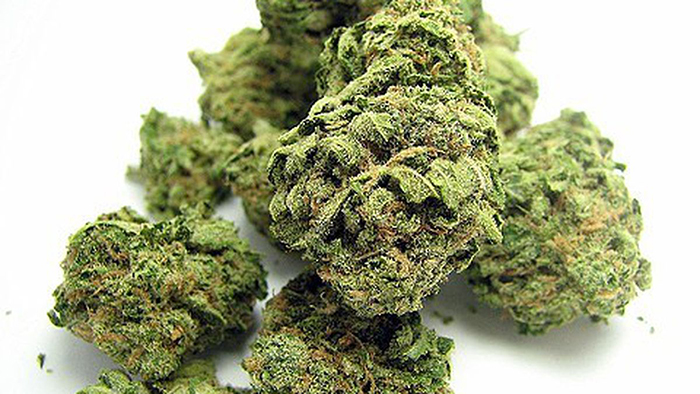Many pot-curious people are increasingly looking for lower-dose THC products
One of the biggest challenges facing pretty much everybody involved in cannabis is the incredible range of weed’s effects. Pot varies wildly from plant to plant and product to product. And so do consumers of it. The same dose of the same weed might have zero effect on one person, but leave another person huddled in the corner, drooling and muttering.
Similarly, the same weed consumed for medical purposes might eliminate pain or cure insomnia for one person, but do nothing at all for another person dealing with the same symptoms.
One can read labels and product descriptions and talk to all the budtenders one likes—and that advice will often be useful—but one can’t know for sure what a given cannabis product will do to (or for) them until they try it. Trial-and-error is ultimately the only way to know which cannabis products to buy. And buying them is the only way to test them. What’s more, the same weed might have totally different effects on the same person, depending on mood, setting, method of consumption, etc.
This complicates matters greatly not only for consumers, but also for cannabis businesses, for researchers and for policymakers.
Just witness the debates over indica vs. sativa, and over THC levels.
For decades, even centuries, the widespread assumption was that indica and sativa had very different effects: Indica offered a more relaxing “body high,” while sativa, it was (and often still is) thought, was more energizing. Only recently has this assumption been called into question, with many researchers declaring that the whole thing is a crock (“total nonsense,” one respected researcher told me), and that cannabis vendors were taking advantage of a myth. This hasn’t been totally resolved, and cannabis companies are still leveraging the supposed distinction.
If such basic matters are still under debate and remain uncertain, what does that say about more granular and complex considerations, like the effects of, and interplay between, the various cannabinoids and terpenes, and the proportions of each of those in a given product?
Even THC levels themselves have come under question (THC is the cannabinoid most associated with producing a high). Is it meaningful for a product to be labeled as containing “13.4% THC”? Some researchers are saying that it really isn’t. THC levels surely offer a rough guide as to how potent pot is, but the emphasis there should be on “rough.” A University of Colorado study in 2021 indicated that the relationship between THC levels in the blood and levels of intoxication is often tenuous.
For most cannabis consumers, especially casual ones, THC levels are a useful (if rough) guide: More THC will intoxicate someone more. But the overreliance on THC as an indicator of quality has caused a lot of confusion. Pot products are often priced according to THC levels: More THC means the price goes up. But while one might get more stoned from more THC, that doesn’t mean a different product with a lower dose won’t offer a more pleasant experience.
Many of the pot-curious people who are piling into pot shops in legal states are increasingly looking specifically for lower-dose THC products. New Frontier Data has put numbers to this for users of THC-containing edibles and beverages. Among those who know the levels of THC they’re getting, nearly two-thirds ingest 10 mg or less per sitting. This is, in rough terms, a very modest intake (although, again, 10 mg or even 5 mg might get someone very high, or have little effect at all).
While cannabis companies generally like to tout high-level THC products, Dr. Molly McCann, New Frontier’s senior director of consumer insights, thinks the industry should cater more to people looking for lower doses.
“My hypothesis,” she wrote this week, “is that many people who tried cannabis in the past and had a bad experience took a dose much higher than their minimum effective dose, and that most people should probably be taking products with less THC, or what the industry calls ‘low dose.’ Because of this, low-dose products have incredible long-term potential, not only for future consumers, but as a way of bringing some former consumers back around to cannabis.”








